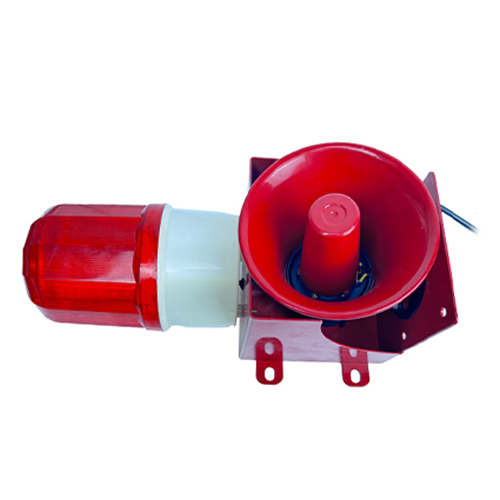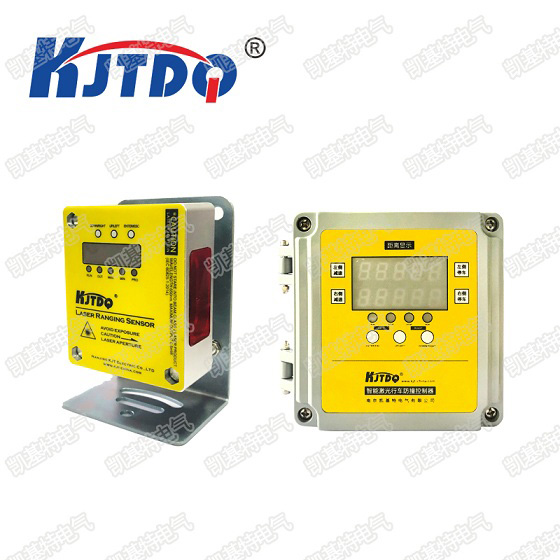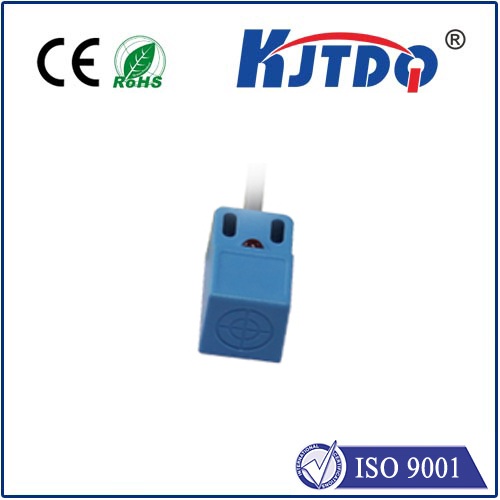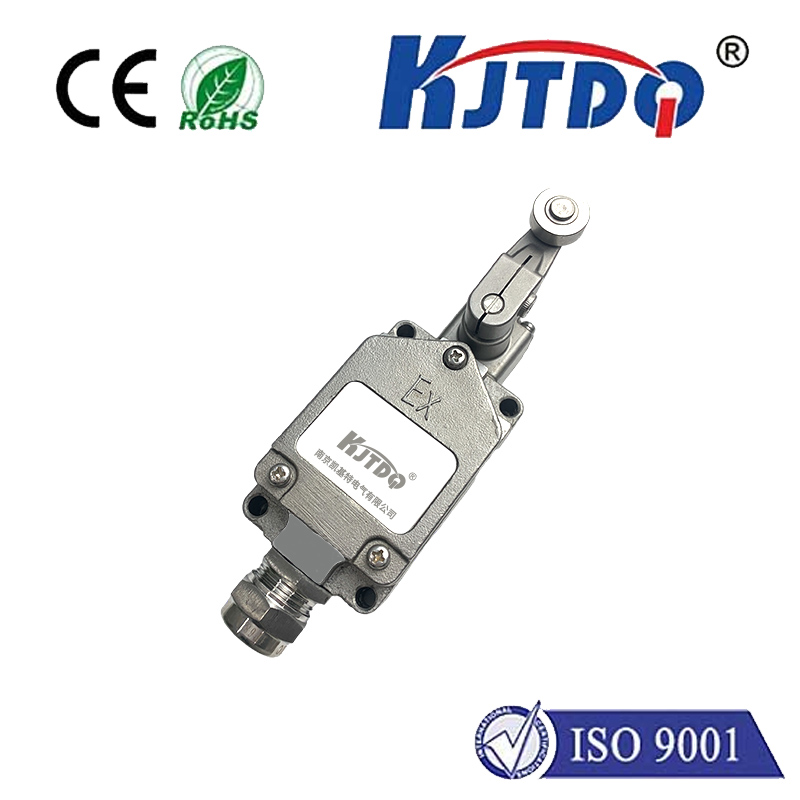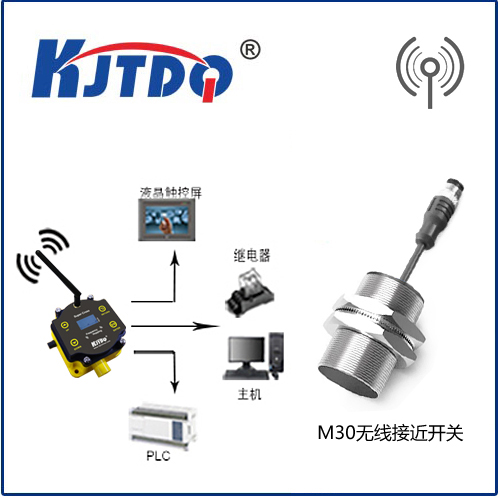

check

check

check

check
Ever wondered how a machine knows a metal part is perfectly positioned, or how your smartphone screen responds to touch? The magic often lies in proximity sensors, specifically the powerful duo of inductive and capacitive technologies. Understanding their distinct operating principles and capabilities is crucial for selecting the optimal solution for countless industrial and consumer applications.
At their core, both inductive and capacitive sensors operate on the fundamental principle of non-contact object detection. They sense the presence or absence of a target without physical touch, offering significant advantages in terms of reliability, longevity, and reduced maintenance compared to mechanical switches. However, how they achieve this detection differs dramatically.
Inductive Proximity Sensors: Masters of Metal Detection
These sensors excel in detecting ferrous and non-ferrous metals (like steel, aluminum, brass, copper). Their operation hinges on electromagnetic fields:
Key Characteristics of Inductive Sensors:
Capacitive Proximity Sensors: Detecting Virtually Anything
Capacitive sensors boast a much broader detection spectrum. They sense both metallic and non-metallic materials (plastics, glass, wood, paper, liquids, powders, granules) by measuring changes in capacitance:
Key Characteristics of Capacitive Sensors:

| Feature | Inductive Proximity Sensors | Capacitive Proximity Sensors |
|---|---|---|
| Detection Principle | Eddy Current Induction in Metals (Electromagnetic) | Change in Capacitance (Electrostatic) |
| Primary Target Type | Metallic Objects (Ferrous & Non-Ferrous) | Wide Range: Metals, Plastics, Liquids, Wood, Powders |
| Unaffected By | Most Non-Metallics (Plastic, Wood, Paper, Liquid*) | Primarily Air (Very Broad Sensitivity) |
| Environmental Robustness | Excellent: Highly resistant to dust, dirt, oil, vibration | Good, but sensitive to surface moisture, condensation, dust buildup |
| Typical Detection Range | Short-Medium (0.5mm - 60mm, metal-dependent) | Short-Medium (1mm - 60mm, highly material-dependent) |
| Key Advantage | Reliable metal detection, robust for harsh environments | Detects virtually any material, including through non-metallic barriers |
| Key Limitation | Only detects metals | Susceptible to false triggers from environmental factors (moisture/dust) |
Critical Distinctions: Choosing Your Champion
The fundamental difference boils down to detection principle and target material:
Application Showdown: Where Each Sensor Shines
Inductive Sensor Applications:
Machine Tooling: Detecting metal parts, tool position, and end stops.
Assembly Lines: Counting metal components, verifying part presence/absence (e.g., engine blocks, gears).
Conveyor Systems: Monitoring position of metal pallets or products.
Robotics: End-of-arm tooling position feedback, arm position limits.
Hydraulics/Pneumatics: Cylinder piston position sensing.
Security: Detecting door/hatch closure (metal contact).
Capacitive Sensor Applications:
Liquid Level Detection: Sensing liquid levels in tanks (even through plastic/glass walls), preventing overfill or dry running. Ideal for food & beverage and chemical processing.
Material Presence: Detecting presence/absence of plastic bottles, glass containers, wood blocks, cardboard boxes, or paper stacks on conveyors.
Granular & Powder Materials: Monitoring levels or presence in hoppers, silos, or filling machines.
Thin Film/Sheet Detection: Sensing the presence of
